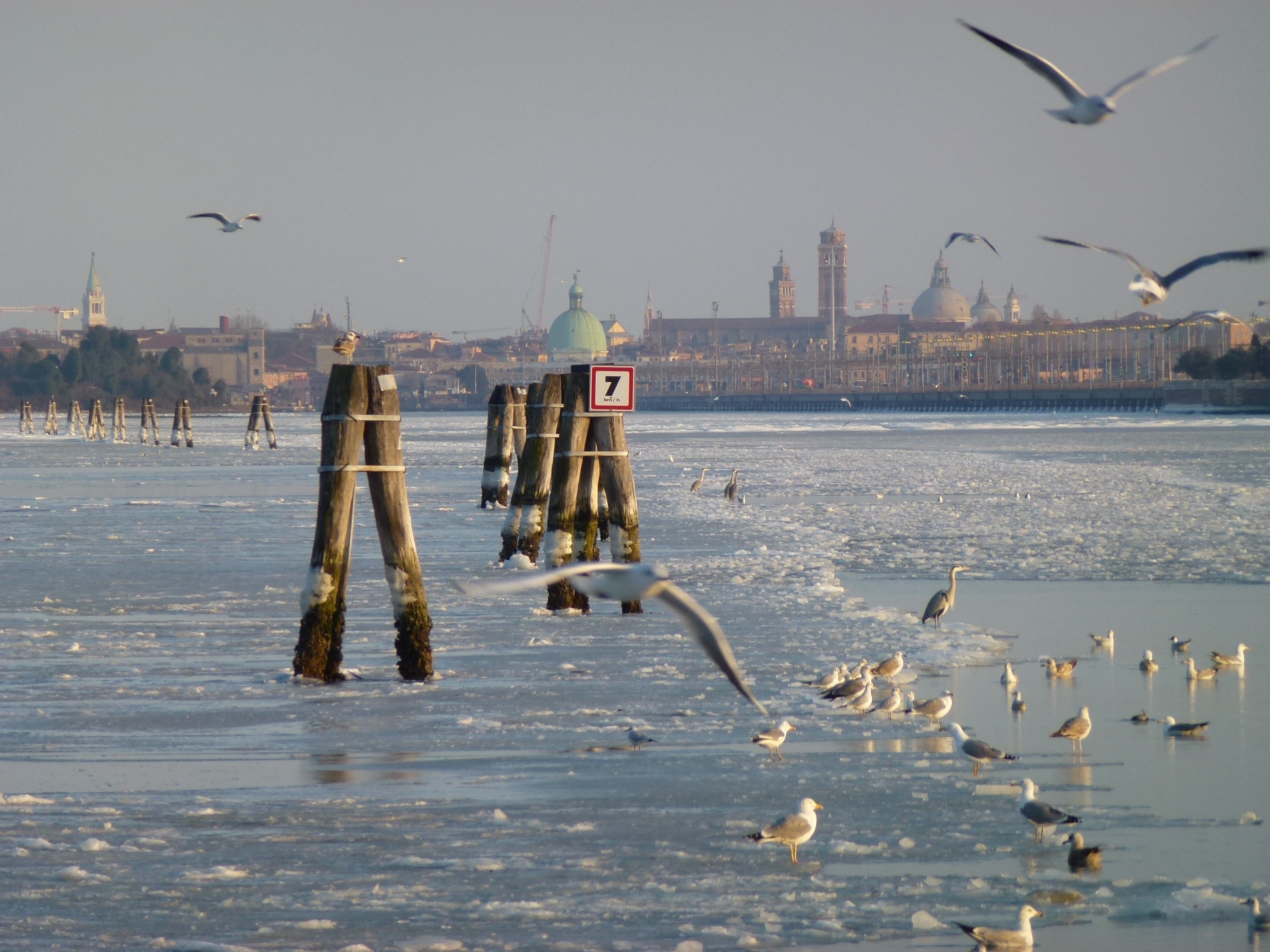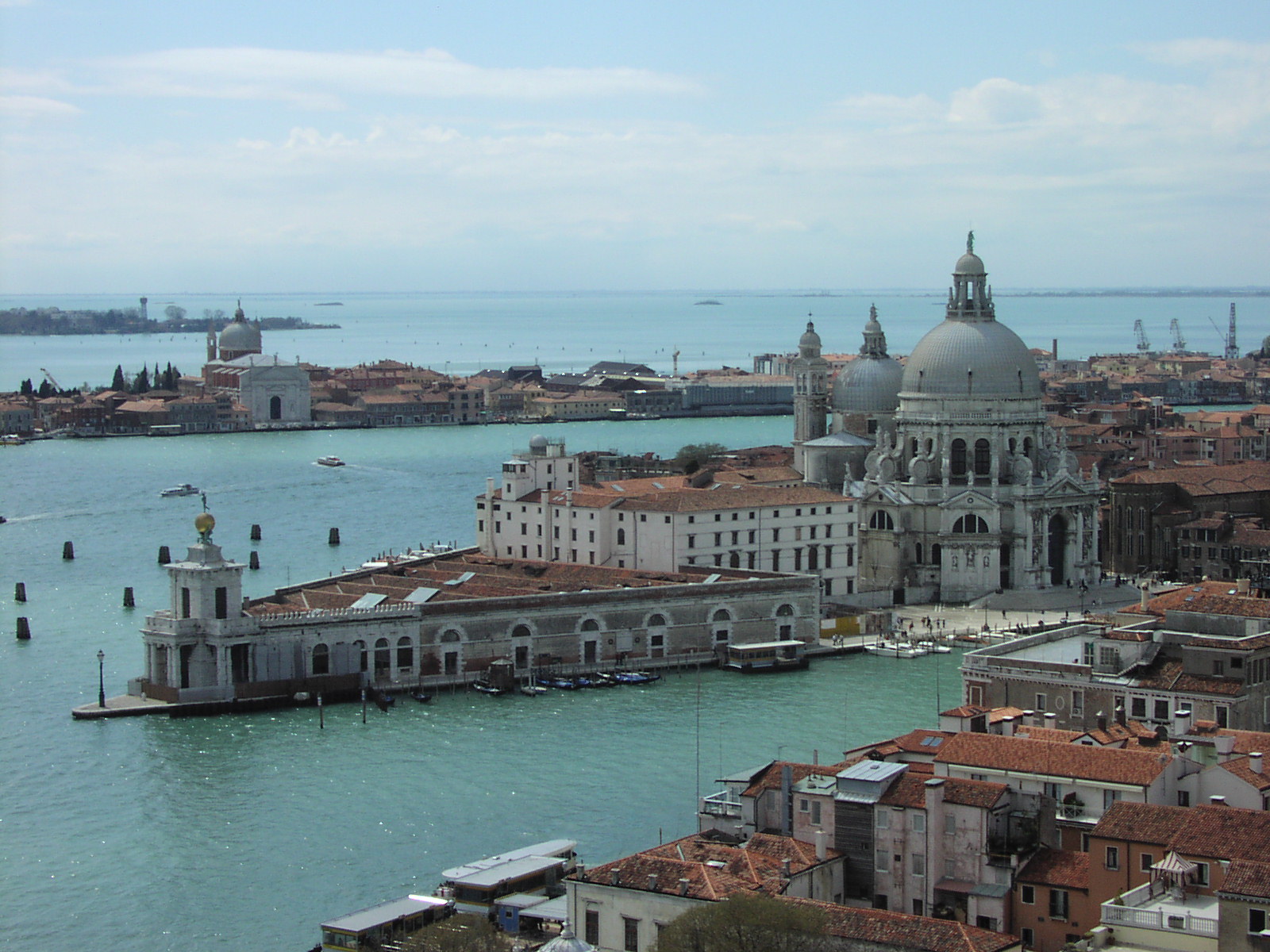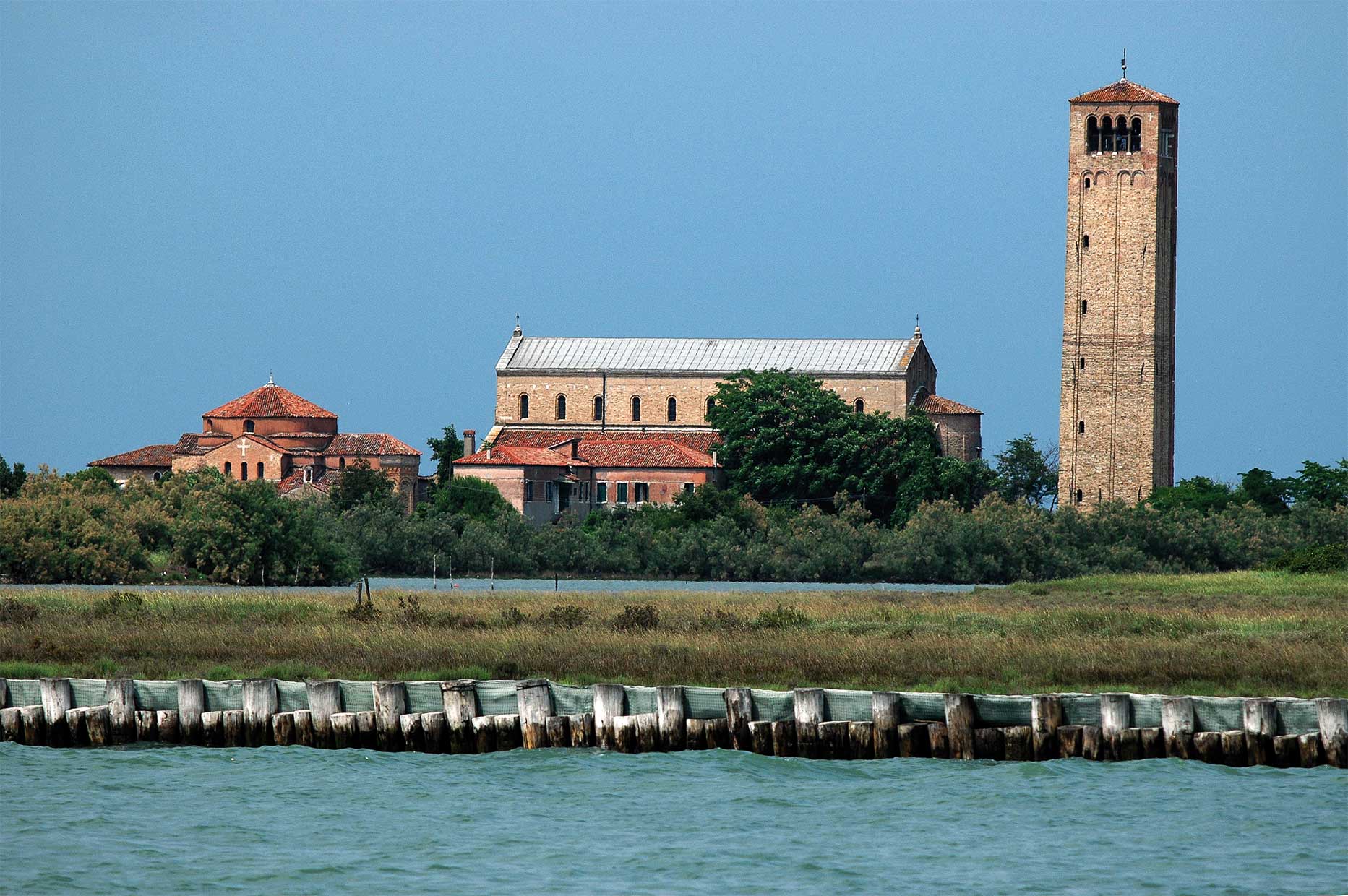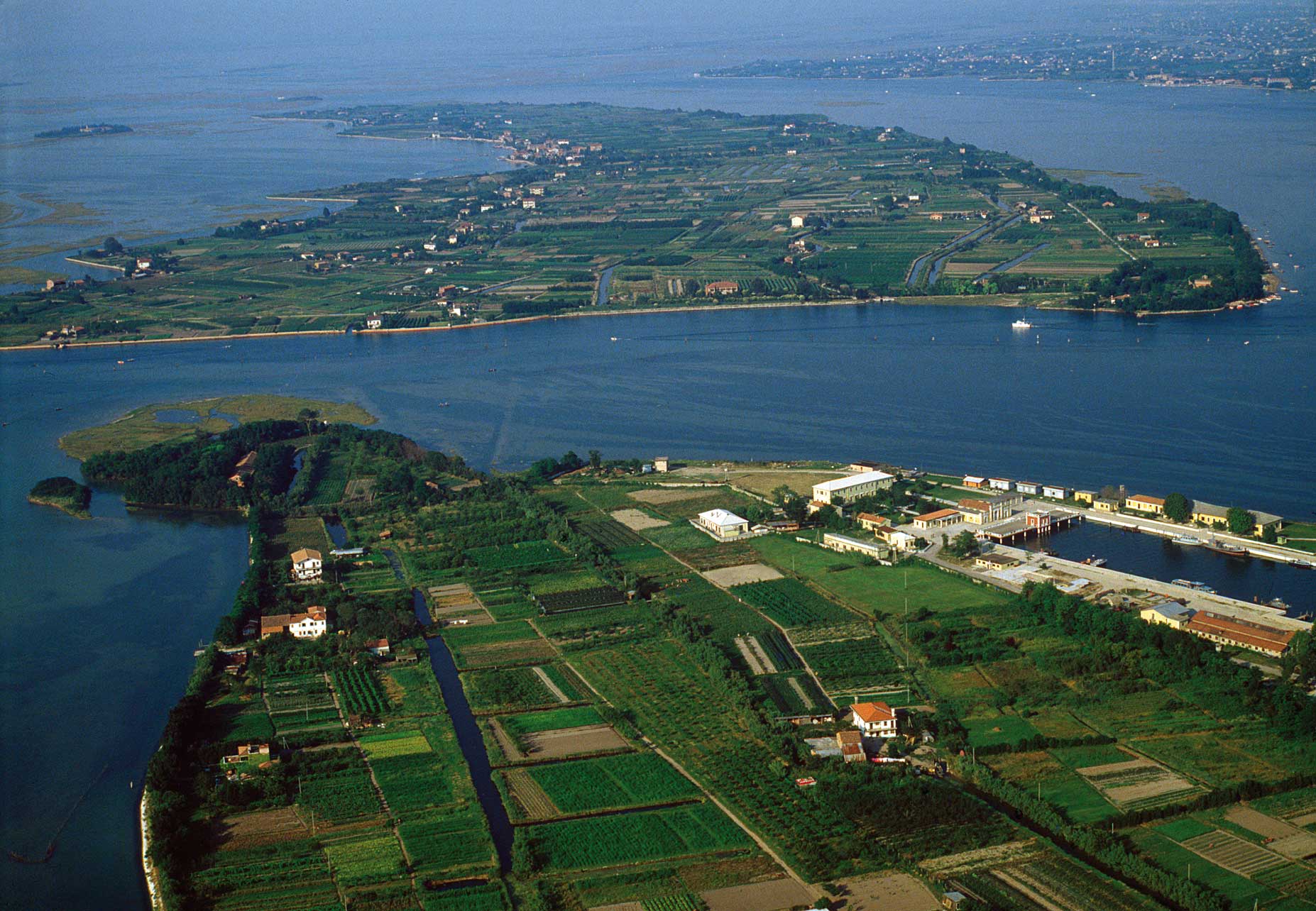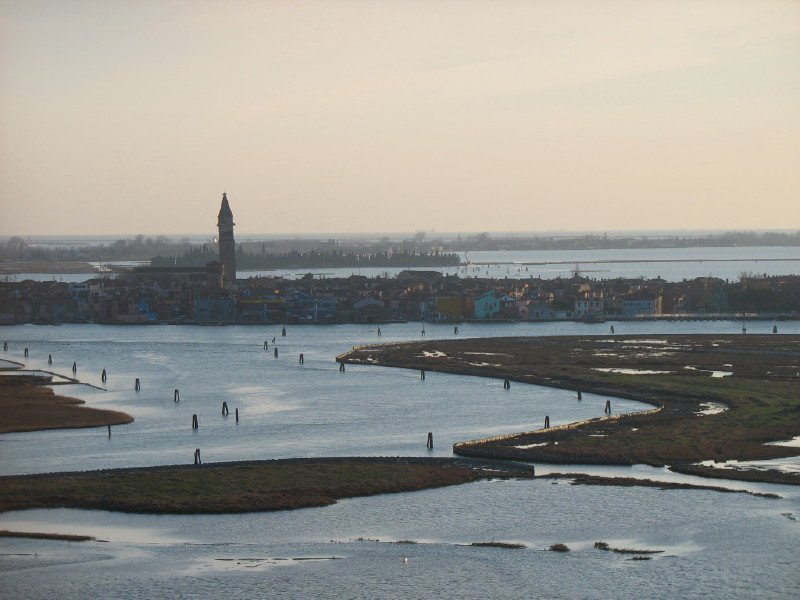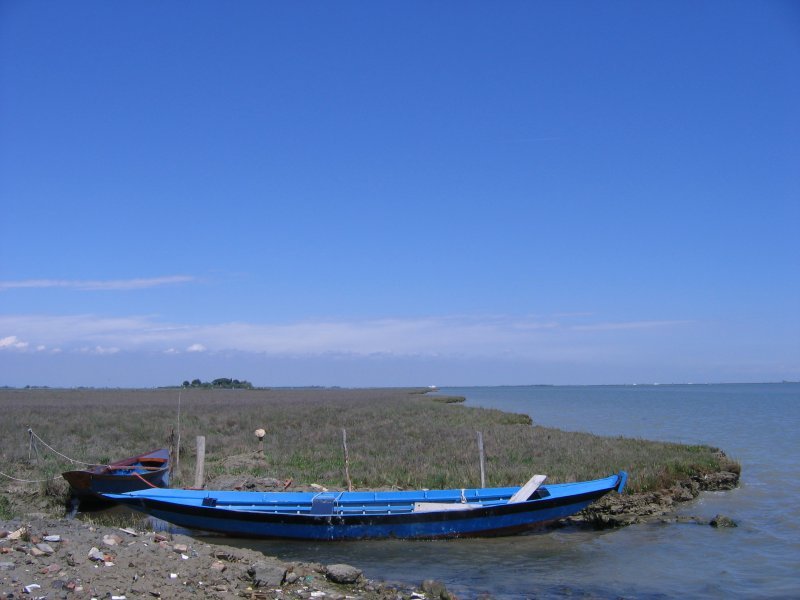
Venice Lagoon Park
This post is also available in:
 Italiano (Italian)
Italiano (Italian)
Parco della Laguna was born in 2003 with the aim of protecting and enhancing the environmental and social heritage of the Northern Lagoon of Venice, through the promotion of activities compatible with the safeguarding of naturalistic, archaeological, historical and cultural heritage of that place. The Venice lagoon is one of the largest (212 sq miles) and most important ecosystems in Europe and the entire Mediterranean basin – a natural wetland with a great biological, fauna and flora heritage and with some animals and rare or endangered plants.
In addition, Lagoon Park includes about forty islands, especially in its northern part.
ISLANDS
The islands can be classified into major and minor ones.
The first group includes Burano, Sant’Erasmo, Torcello.
Burano is an inhabited island, known for the production of lace, as well as for its typical brightly coloured houses: the economy of this island, dependent on fishing, required each building to be well visible to fishermen, especially in the foggy winter months.
Sant’Erasmo is the largest of the islands in the northern lagoon, traditionally known as the “vegetable garden” of Venice: especially in the past, it was used for the production of fresh fruit and vegetables, while today it is renowned for its artichokes, thistles and asparagus.
Torcello is home to one of the oldest human settlements in the area, founded between the V and VI centuries. It features the Cathedral of Santa Maria Assunta and the Church of Santa Fosca; this island is currently inhabited by a few dozen residents.
Some of the smaller islands have already been recovered and reused (for example La Certosa and Il Lazzaretto Nuovo), while others are being reclaimed after being abandoned at the end of World War II (for example, San Giacomo in Palude).
FAUNA
Several migratory birds and pink flamingos crowd the strips of land and water of the Lagoon; they’re divided into different colonies which feed and live among sandbanks and islets.
There are herons, curlews, white egrets, “cocais” (a kind of seagull), and common shelducks.
FLORA
Along the lagoon, visitors can admire the vegetation and the typical landscape: laurel woods, ash trees, hawthorns, wild plums, marsh reeds and a variety of saltwater plants – the perfect habitat for several endemic species such as the Venetian glasswort, an annual succulent plant, which grows in saline environments and with a strong salty taste (so much so that it can be found on sale in the Rialto market and it is used to dress salads and eggs). Its flowering takes place in August-September, blessing with eye-catching red-fuchsia the shores and the sandbanks.
There’s also a variety of Limonium, with violet inflorescences, typical of the Friulian and Venetian coasts.
This post is also available in:
 Italiano (Italian)
Italiano (Italian)
Contatti
Palazzo Contarini-Mocenigo, San Marco 3980 - Venezia(VE)
041 2744799
